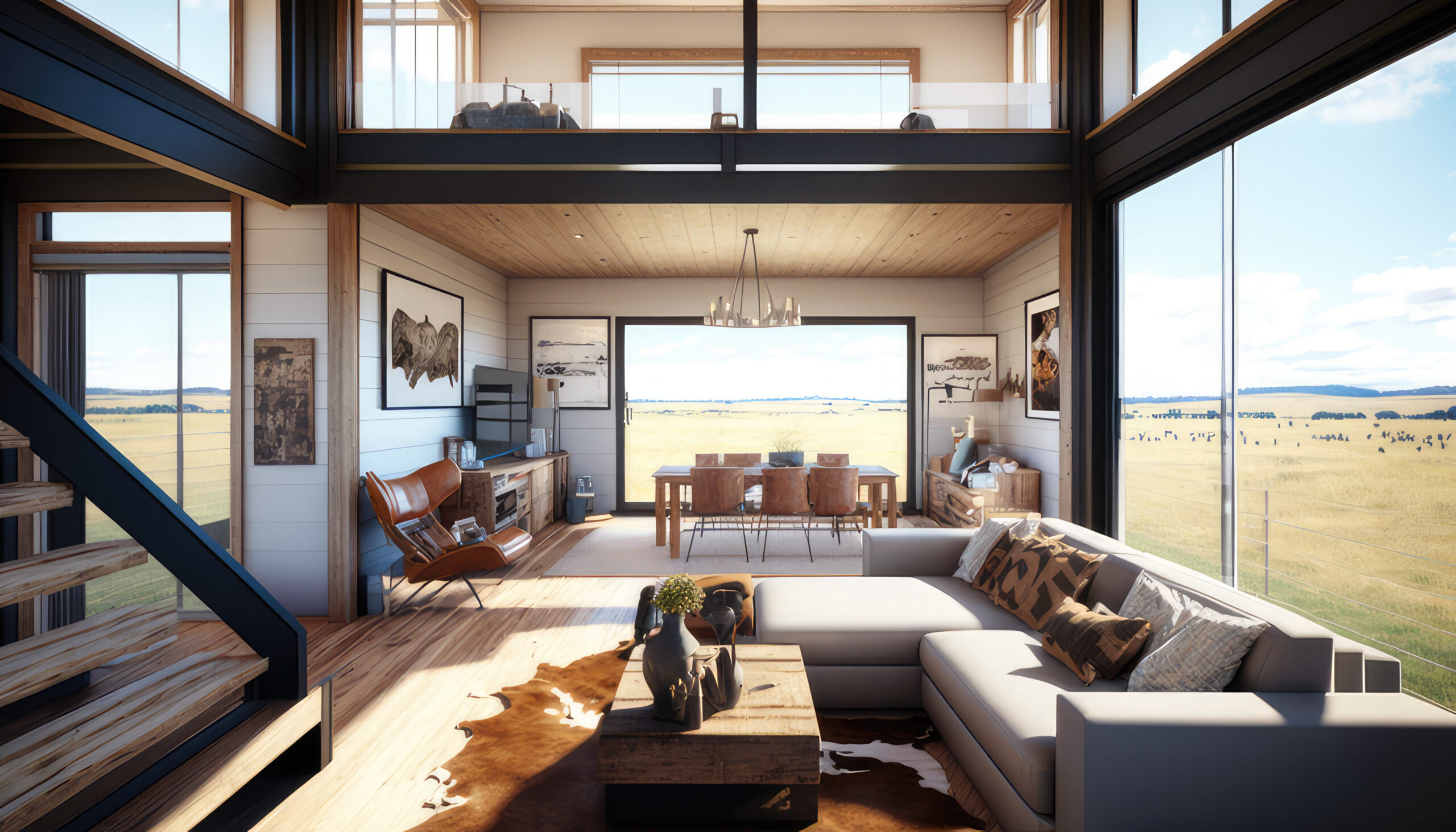When I started K&K Hotel Group in 2008, I had a simple vision — build a company that focuses on people, process, and product. Over the years, our team has worked hard to adapt to changing trends in hospitality, and one shift that continues to gain momentum is the rise of extended-stay hotels. Long-term travel isn’t just for business consultants anymore. Today’s guests include remote workers, relocating families, digital nomads, and even healthcare professionals. And their needs are different — they want more than a hotel room; they want a home away from home.
Let’s take a look at why extended-stay hotels are on the rise and how we as hotel owners can create spaces that meet the evolving needs of these guests — while staying profitable.
Why Extended-Stay Is Booming
There are several reasons why extended-stay hotels are experiencing such strong demand. First, the rise of remote work has changed how and where people live. Many professionals are choosing to travel while they work or relocate temporarily to different cities. Second, life events like long-term medical treatments, home renovations, or even temporary job assignments are prompting more people to seek flexible lodging options that feel more like home.
On the business side, extended-stay guests tend to be more cost-effective. With longer average lengths of stay, they reduce the constant turnover that comes with nightly bookings. That means fewer housekeeping cycles, lower guest acquisition costs, and steadier revenue streams — a win-win for both guests and hoteliers.
Designing for Comfort and Functionality
If you want to succeed in the extended-stay space, design matters — a lot. Guests staying for weeks or even months need more than a bed and bathroom. They’re looking for a space that supports their daily routine.
At K&K, we’ve learned that little things go a long way. A fully equipped kitchenette, a desk with good lighting, reliable high-speed internet, and ample storage can make all the difference. Offering on-site laundry, fitness centers, and outdoor common areas also helps guests feel like they’re living — not just lodging.
We also focus on creating spaces that are warm and inviting. Neutral color palettes, smart layouts, and modern furnishings help guests settle in and feel comfortable. The goal is simple: make them feel at home so they want to stay — and return.
Flexibility Is Key
One thing extended-stay guests value most is flexibility. That means giving them options — from different room sizes to weekly or monthly pricing models. Some guests might want a studio for a month, while others may prefer a one-bedroom suite with a pull-out sofa for visiting family.
We’ve found that transparency and simplicity in pricing help build trust. Guests appreciate knowing what they’re getting, what’s included (like Wi-Fi, parking, or breakfast), and how long they can stay without having to renegotiate. Flexibility also extends to our cancellation and check-in/check-out policies. When you’re catering to long-term travelers, it pays to be accommodating.
Building a Community Feel
Another important piece of the extended-stay puzzle is the sense of community. People staying long-term don’t want to feel isolated. That’s why we’ve invested in creating shared spaces — lounges, patios, and workstations where guests can connect, work, or unwind.
We’ve also introduced small-scale events like morning coffee socials or weekly evening mixers. These don’t cost much, but they create a sense of belonging that turns guests into loyal brand advocates. When people feel valued and part of a community, they’re more likely to recommend your hotel and book again in the future.
Technology That Supports Long-Term Guests
Technology has also become essential in supporting extended-stay guests. Self-service check-ins, mobile room keys, and personalized guest portals make it easier for guests to manage their stay on their own terms.
We’re also using smart technology to anticipate guest needs. For example, if a guest stays with us for longer than two weeks, our system might prompt a light housekeeping service or offer a linen refresh. These small touches help us maintain high service levels while respecting guest privacy.
On the back end, data from long-term stays helps us understand what guests value most — allowing us to continually improve our properties and our service.
Balancing ROI with Guest Experience
Of course, from a business perspective, extended-stay hotels are about more than hospitality — they must also perform financially. The good news is, if done right, extended-stay models tend to offer strong returns. With fewer staffing needs, lower turnover, and more predictable occupancy rates, they create efficiency.
At the same time, we never sacrifice guest experience for cost savings. That’s where our core philosophy comes in: People | Process | Product. We invest in the right people, train them well, implement solid systems, and focus on a quality product. When all three work together, the results speak for themselves — both in guest satisfaction and ROI.
Final Thoughts: A Long-Term Vision for Long-Term Stays
The future of extended-stay hotels is bright — but only for those willing to meet guests where they are. That means understanding who today’s long-term travelers are, what they want, and how we can create welcoming, flexible, and efficient spaces to serve them.
At K&K Hotel Group, we’re proud to be part of this evolution. We believe the extended-stay model is not just a trend, but a lasting opportunity for hoteliers who want to grow in smart, sustainable ways. As long as we continue to focus on people first and remain committed to quality, I’m confident we’ll keep earning the trust of long-term travelers — one stay at a time.
